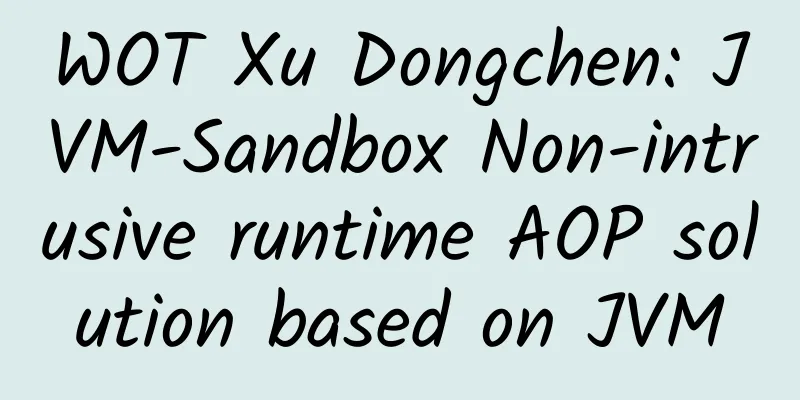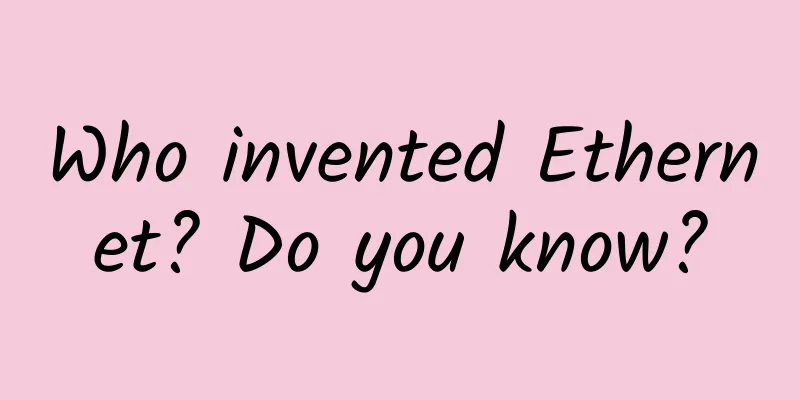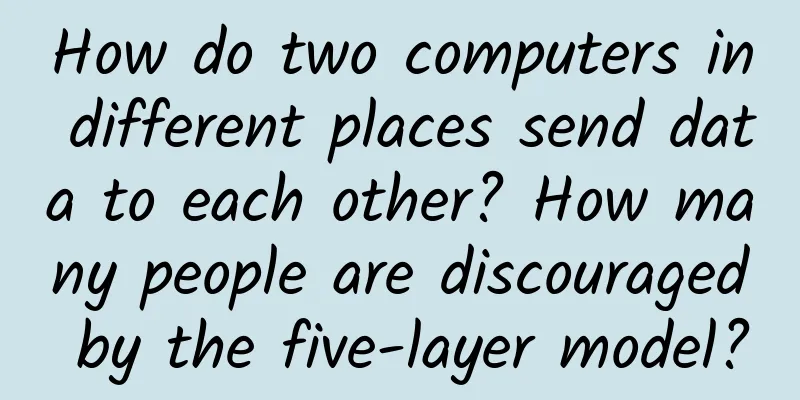How does DH+ compare to Ethernet?

|
When it comes to industrial communication protocols, an inevitable question is: how does it compare to Ethernet? It’s a fair question because it demands an answer, and here are my thoughts on it. Cable length CAT5 is typically rated for less than 400 feet, much less than the 10,000 feet of trunk cable supported by DH+. This is one area where DH+ has an advantage over Ethernet, although the Ethernet backbone makes this advantage superficial. Supported controllers DH+ supports all original Allen-Bradley PLCs, PLC2, and PLC3. Some controllers in the PLC5 family support DH+, others support Ethernet, and some support both. Number of devices DH+ networks are limited to 64 devices, while Ethernet networks have virtually no limit. Device Addressing Ethernet uses standard dot-decimal addressing, and station numbers between 0 and 63 are used to address DH+ devices. It is illegal to have duplicate station numbers on any one network. cost Due to the limited number of possible clients, DH+ was an expensive solution at the time and was initially used only by the largest Allen-Bradley customers. Ethernet, on the other hand, was a mass consumer product used by millions of people and was inexpensive due to commercial scale. Network Architecture The network architecture of Ethernet is much more complex than that of DH+. Ethernet uses a layered approach using physical layer, data link layer, network layer, and application layer for communication. DH+ uses few layers (physical layer, link layer, and application layer) and the DH+ layers are much more complex than Ethernet layers. Network Communication Ethernet and its switching infrastructure allows for maximum network throughput, with many devices able to send messages simultaneously. DH+ is more like the original version of Ethernet, where only one device can talk and the rest can listen. Network Mastery Ethernet itself does not use the concept of a network master, but some Ethernet application layer protocols do. With Ethernet, any device can send a message to any other device at any time. In DH+, there is a strict protocol that only devices holding a token can send a message. Devices receiving messages hold their responses until the token is rotated to them, at which point they send out a response to the previously received message. Because DH+ predates Ethernet by many years, it is not nearly as fast, sophisticated, or flexible as Ethernet. However, it supported the manufacturing applications of the time very well. |
<<: Dewu App intercepts WiFi at 10,000 meters
Recommend
HostVDS: $0.99/month - 1GB/10GB/50M-200M bandwidth/Russia & Dallas data centers
HostVDS has been established for some time. The m...
Yecao Cloud: Hong Kong VPS annual payment starts from 139 yuan, Hong Kong dedicated server starts from 199 yuan/month
Yecaoyun is a Chinese hosting company founded in ...
Multiple new vulnerabilities in 4G networks may cause server crashes (paper attached)
US researchers recently discovered 10 new vulnera...
What is the appropriate number of Goroutines? Will it affect GC and scheduling?
[[387141]] This article is reprinted from the WeC...
LOCVPS newly launched Korean KVM, 20% off for all items, 2G memory package starts at 44 yuan per month
LOCVPS (Global Cloud) has released the informatio...
Understanding Ethernet Switching Technology in One Article
Labs Guide Currently, most campus networks are ne...
What is the difficulty in porting your number?
Number portability was once considered an importa...
Why do we need UDP protocol?
Every programmer should know TCP and UDP protocol...
197 Fortune 500 companies choose Huawei to achieve win-win in the new ICT era
At the 2017 Huawei Connect Conference HUAWEI CONN...
Can the United States make China disappear from the Internet?
Let’s talk about an interesting topic today. Ther...
Eight networking trends your business should know about
[[386593]] The coronavirus outbreak broke out in ...
The Future of 5G and IoT in Smart Cities
[[438866]] In short, a "smart city" lev...
Foreign media attention: China completes 5G base station construction target ahead of schedule
Foreign media said that the stay-at-home lifestyl...
Someone finally explains the true value of 5G
Since 2019, the pace of 5G commercialization has ...
How 5G will shape the future of construction
5G is an enabler that will deliver new capabiliti...









